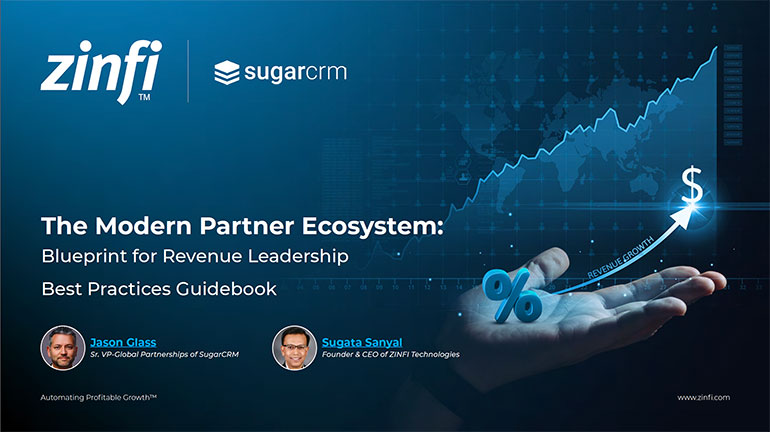Glossary - What is - Resource Optimization
What is Resource Optimization?
Resource optimization is allocating business resources—such as capital, tools, technology, and personnel—in the most efficient way possible to achieve maximum effectiveness and productivity. This strategic approach minimizes waste, reduces costs, and enhances operational efficiency. Resource optimization involves analyzing current resource usage, forecasting future needs, and implementing practices that ensure every resource contributes optimally to the business goals.
Resource optimization is critical in partner ecosystem management and partner management automation. It ensures that all partners within the ecosystem are equipped with the right tools and information to perform effectively, maximizing the collective output and minimizing redundant or inefficient resource use.
Key Takeaways
- Efficient Use of Financial Resources: Optimizing financial resources means ensuring that all investments and expenditures contribute to strategic business outcomes. Automation tools can track spending, forecast budget needs, and help identify areas where costs can be reduced without compromising quality or performance.
- Optimal Allocation of Human Capital: Effective resource optimization strategies include deploying personnel where they can be most productive. HR process automation helps map skill sets to needs, manage workloads, and track productivity to ensure that human resources are well-utilized.
- Leveraging Technology for Efficiency: Technology is a pivotal resource in modern businesses. Optimizing its use involves implementing the right software solutions, upgrading systems to eliminate inefficiencies, and ensuring all tools are fully utilized across the organization. Automation systems can streamline technology deployment and integration, enhancing overall operational efficiency.
- Sustainable Practices in Resource Management: Resource optimization also means using resources sustainably to minimize environmental impact. This includes implementing green technologies, reducing waste, and recycling. Automation can help monitor and manage these sustainable practices effectively.
- Continuous Improvement and Adaptation: The goal of resource optimization is to use resources efficiently today and continually improve resource management practices. Automation tools provide the data and analytics necessary to constantly assess and refine resource allocation strategies.
Summary of Takeaways
Resource optimization is essential for maximizing efficiency and productivity in any organization. Businesses can achieve greater output and sustainability by efficiently managing financial, human, and technological resources. Automation is crucial in facilitating effective resource optimization, ensuring that resources are used optimally across all business areas.
Key Examples
- Automotive Manufacturing: Streamlining production lines and improving supply chain logistics to reduce manufacturing costs and increase throughput.
- Consumer Electronics: Optimizing inventory levels using predictive analytics to meet consumer demand without overproduction.
- Energy Production: Implementing advanced energy management systems reduces power consumption and increases energy efficiency.
- Financial Services: Fintech solutions enhance data processing and customer service, reducing the need for manual intervention.
- Food and Beverage: Optimizing food production processes to minimize waste and improve packaging efficiency.
- Healthcare Services: Using telemedicine technologies to optimize healthcare delivery and reduce the need for in-person visits.
- Information Technology: Implementing cloud solutions to optimize data storage and processing, reducing physical infrastructure costs.
- Pharmaceutical Development: Streamlining drug development processes by leveraging data analytics for faster and more efficient clinical trials.
- Retail Industry: Using automated inventory systems to ensure optimal stock levels across retail outlets.
- Telecommunications: Deploying network management systems to optimize data traffic and improve service delivery.
Conclusion
Resource optimization is a cornerstone of successful business management, essential for reducing costs, increasing efficiency, and achieving sustainable operations. Automation tools are indispensable in achieving these objectives, enabling businesses to maximize their resource utilization effectively.
Associated Keywords:
- Effective Resource Management
- Optimizing Business Operations
- Automation in Resource Allocation
- Cost Reduction Strategies
- Sustainable Resource Use















